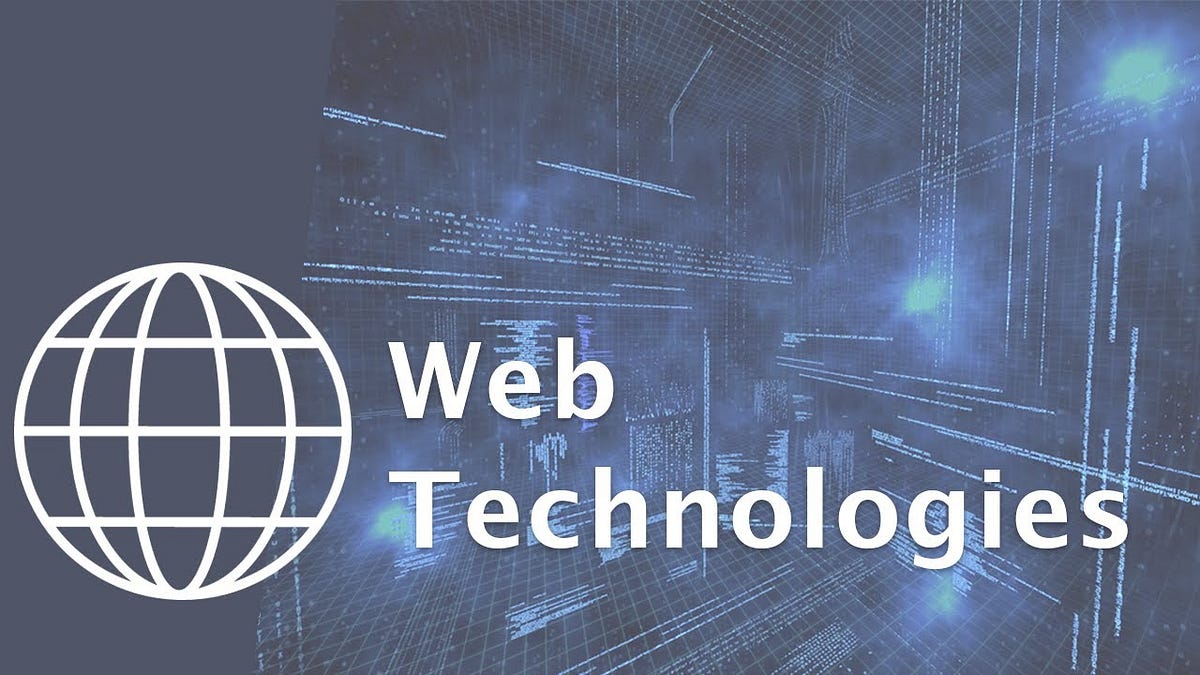Exploring the Modern Web Development Stack: Trends and Technologies in 2024
 Rahul Sharma
Rahul Sharma
In the ever-evolving landscape of web development, staying updated with the latest trends and technologies is crucial. 2024 has brought a wave of innovations that are transforming how we build and deploy web applications. In this article, we will dive into some of the most impactful technologies and trends in the modern web development stack.
1. Next.js 13
Next.js continues to be a game-changer for React developers, and its latest version, Next.js 13, brings even more to the table. With improved performance, simplified data fetching, and enhanced support for edge functions, Next.js 13 enables developers to create fast and scalable applications effortlessly.
2. Deno
Deno, created by Node.js's original author, Ryan Dahl, is gaining traction as a secure runtime for JavaScript and TypeScript. With built-in support for TypeScript, modern module resolution, and a focus on security, Deno is an exciting alternative to Node.js, particularly for new projects.
3. Tailwind CSS
Utility-first CSS frameworks like Tailwind CSS are becoming increasingly popular for their ability to speed up the development process. Tailwind's latest version brings even more utilities and improvements, making it easier for developers to create responsive and visually appealing designs without writing custom CSS.
4. GraphQL
GraphQL is revolutionizing how we interact with APIs by allowing clients to request exactly the data they need. This has led to more efficient and flexible data fetching compared to traditional REST APIs. Tools like Apollo Client and Hasura are making GraphQL more accessible and powerful.
5. Serverless Computing
Serverless architecture is no longer just a buzzword; it's a mainstream approach to building scalable applications. Services like AWS Lambda, Azure Functions, and Google Cloud Functions enable developers to run code without managing servers, leading to cost savings and improved scalability.
6. Edge Computing
With the rise of edge computing, developers can now run code closer to the end-users, reducing latency and improving performance. Platforms like Cloudflare Workers and Vercel's Edge Network are leading the charge, providing tools to deploy serverless functions at the edge.
7. WebAssembly (Wasm)
WebAssembly is unlocking new possibilities for web development by allowing developers to run high-performance code (written in languages like C, C++, and Rust) directly in the browser. This opens the door to applications that were previously impossible to run efficiently on the web.
8. Artificial Intelligence and Machine Learning
AI and ML are becoming integral parts of web applications, from chatbots to personalized content recommendations. Frameworks like TensorFlow.js and tools like OpenAI's GPT-4 are enabling developers to integrate advanced AI capabilities directly into their web apps.
9. Progressive Web Apps (PWAs)
PWAs are bridging the gap between web and mobile applications, offering offline capabilities, push notifications, and a native-like experience. With continued improvements in browser support and new APIs, PWAs are more powerful than ever.
Conclusion
The web development stack in 2024 is richer and more versatile than ever. Embracing these technologies can lead to more efficient development processes, improved performance, and a better user experience. As developers, staying informed and experimenting with these tools and frameworks will help us build the web of the future.
Subscribe to my newsletter
Read articles from Rahul Sharma directly inside your inbox. Subscribe to the newsletter, and don't miss out.
Written by
